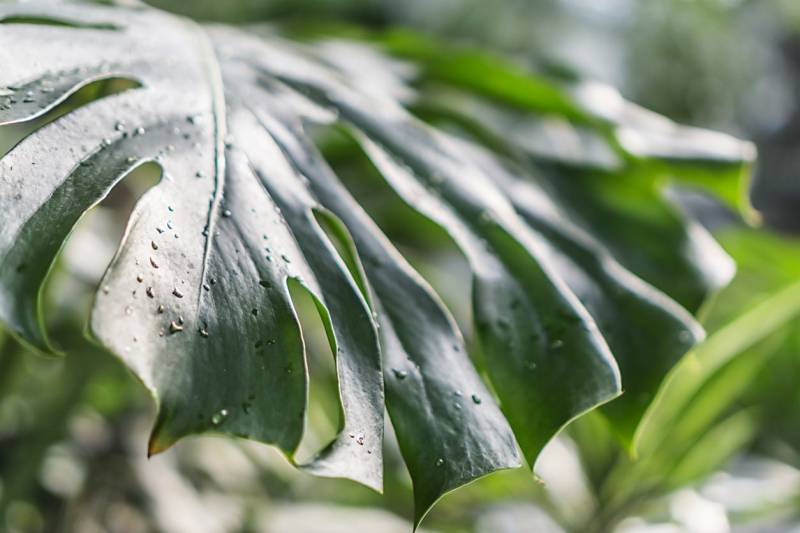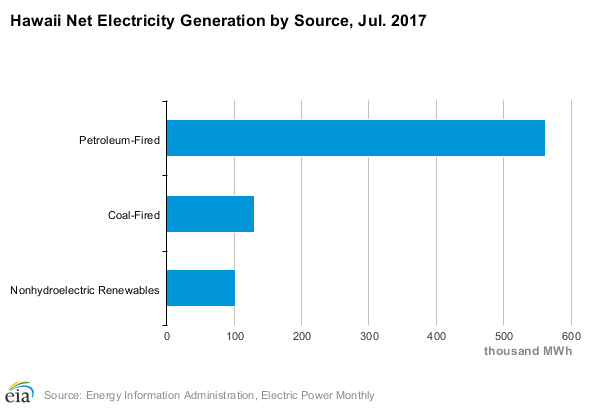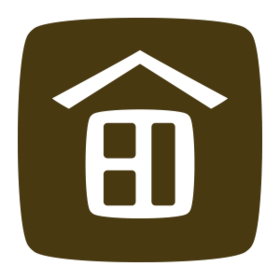You may have heard of LEED certification. Typically it’s a term that’s applied to new construction. LEED certification is a globally recognized symbol of sustainability achievement, but it isn’t just for new buildings. LEED includes a set of rating systems for the design, construction, operation, and maintenance of green buildings, homes, and neighborhoods. While there are other types of green building rating systems (which we touch on in a recent post entitled The Nitty Gritty on Green Homes), LEED is the most widely used rating system and green building certification in the world.

To give you an idea of the scope of its use, there are more than 79,000 buildings across 160 countries that have a LEED certification. The acronym stands for Leadership in Energy and Environmental Design. The rating system was developed in 1998 by the U.S. Green Building Council (USGBC), a non-profit that promotes sustainability in building design, construction, and operation. As we mentioned, while it most commonly references new construction, LEED rating systems can also be applied to existing buildings, to interior design and to operations and maintenance of a building, as well as to neighborhood developments.
Why LEED?
According to the LEED website, their green certification means healthier, more productive places, reduced stress on the environment, more energy and resource-efficient buildings, savings from increased building value, higher lease rates, and decreased utility costs. Their claim is that LEED-certified buildings will directly contribute $29.8 billion to U.S. GDP by 2018.
A move to more sustainable building practices is paramount in improving our workplace and home environments, as well as to improving air quality. Buildings consume 73% of electricity in the United States and are responsible for more than 38% of all CO2 emissions. The reason for the CO2 emissions is in part due to building materials, but the bigger portion of that equation is this: 67% of the country’s electricity comes from burning fossil fuels like natural gas and coal.
Here in Hawaii, the rate is even higher. According to the Hawaiian Electric Company (HECO), more than 80 percent of all the energy used in Hawaii for electricity, surface, and air transportation comes from imported fossil fuels – mostly oil and some coal. In the case of electricity to power buildings across the state, a full 87% of comes from fossil- and coal-fueled energy sources (see chart, below). However, there is a significant movement afoot to change that, with a goal to move Hawaii to 100% renewable energy sources by the year 2045. The Hawaii Clean Energy Initiative is a bold plan and the most aggressive of its kind in the entire country. With so much beauty surrounding us, Hawaii residents are highly motivated to keep our islands healthy and pristine.

How Does LEED work?
Generally speaking, LEED provides a framework that builders, developers, architects, and designers can apply to create healthy, highly efficient, and cost-saving green buildings. Specifically, LEED-certified buildings are rated on a number of pre-requisites, coupled with a point system. Builders, designers, and project teams can apply for one of several levels of LEED certification. Their project must meet all of the prerequisites in order to be evaluated and then the project is granted points based on the criteria laid out for the type of project.
LEED certifications have four levels – Certified, Silver, Gold, and Platinum – and these are based upon the number of points or credits earned. LEED-Certified buildings have 40-49 points, Silver buildings have 50-59 points, Gold buildings have 60-79 points, and only those buildings with 80+ points earn Platinum certification. Points are generated by examining, in the case of new building construction, the building’s efficiency as it pertains to energy and water usage, as just two examples. But that’s not all that’s taken into consideration. LEED rating systems are generally organized across nine categories:
- Integrative process
- Location and transportation
- Sustainable sites
- Water efficiency
- Energy and atmosphere
- Materials and resources
- Indoor environmental quality
- Innovation
- Regional priority

The points granted at each level and for each type of project are different, depending on whether it’s a commercial or residential project, for example. The criteria are unique for a new construction project or for a building’s operation and maintenance practices. To gain LEED certification is no small feat, but overall, a LEED certification means that the builder or developer has taken some care and consideration with wastewater management, in reducing CO2 emissions, in improving air quality, in using sustainably sourced materials, in designing with water efficiency and decreased energy usage in mind.
As we mentioned, LEED ratings can be applied (locally, regionally and globally) across four categories: building design & new construction, interior design and construction, building operations and maintenance, and neighborhood development. For a great example of LEED for Neighborhood Development, check out our recent post: Ward Village Is The Country’s Largest Platinum LEED Certified Neighborhood Development
Obtaining LEED certification is a complex matter. There is an almost byzantine list of prerequisites and point systems for each type of project and each type of certification. While we don’t have the space to list all the criteria here, we recommend you visit their website if you’re seeking LEED certification for one of your projects. For more detailed information on the LEED certification process, you can visit leed.usgbc.org.

Mary Mah
July 26, 2019
Listing of new leed certified homes being build. Information.
Mary